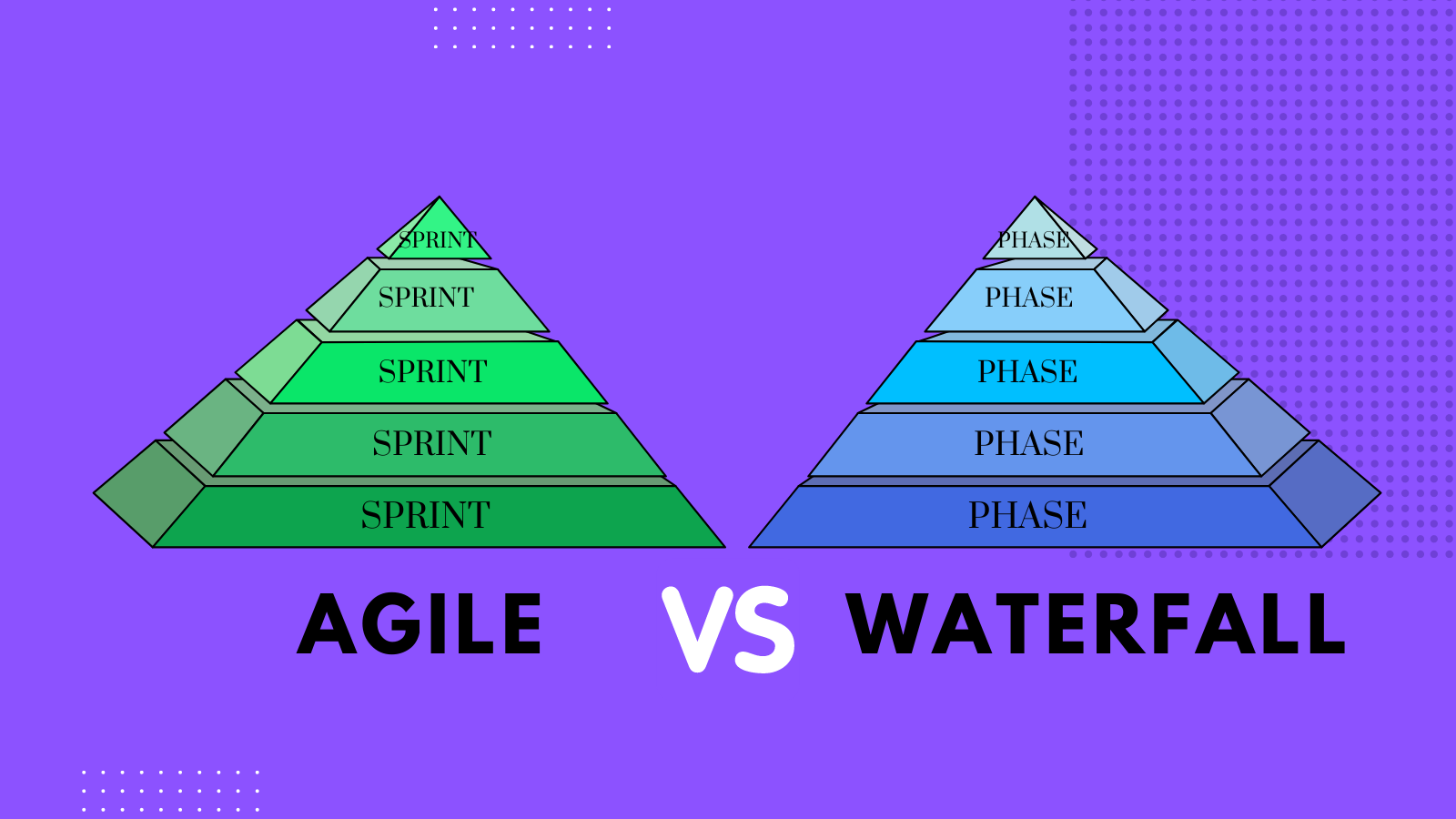|Syed Bushra Raza
Agile Methodology
Agile is an iterative and flexible approach to project management and software development. It emphasizes collaboration, customer feedback, and small, rapid releases. Agile projects are divided into small, manageable units called sprints, typically lasting two to four weeks. At the end of each sprint, a working product increment is delivered, allowing for continuous improvement and adaptation based on feedback.

Key Characteristics of Agile:
- Iterative development
- Flexibility and adaptability
- Continuous feedback and improvement
- Strong emphasis on collaboration and communication
Waterfall Methodology
Waterfall is a linear and sequential approach to project management and software development. It is characterized by distinct phases, such as requirements gathering, design, development, testing, and deployment. Each phase must be completed before moving on to the next, and there is little room for changes once a phase is finished. Waterfall is often used for projects with well-defined requirements and a clear, unchanging scope.
Key Characteristics of Waterfall:
- Linear and sequential phases
- Clear and detailed documentation
- Fixed scope and requirements
- Emphasis on planning and upfront design
Choosing the Right Methodology
Selecting the appropriate methodology for your project depends on several factors, including project scope, requirements, team dynamics, and stakeholder involvement. Here are some guidelines to help you make an informed decision:
Project Scope and Requirements:
If your project has well-defined requirements and a clear scope that is unlikely to change, Waterfall may be the better choice. If your project involves evolving requirements and the need for frequent feedback and adjustments, Agile is likely more suitable.
Team Dynamics and Collaboration:
Agile requires a high level of collaboration and communication among team members. If your team is experienced in Agile practices and can work closely together, Agile may be more effective. If your team is more accustomed to a structured and sequential approach, Waterfall may be a better fit.
Stakeholder Involvement:
Agile encourages continuous stakeholder involvement and feedback throughout the project. If your stakeholders are willing to actively participate, Agile can lead to higher satisfaction. If stakeholder involvement is limited or fixed, Waterfall's structured phases may provide more clarity and predictability.
Flexibility and Risk Management:
Agile offers greater flexibility to adapt to changes and manage risks as they arise. If your project operates in a dynamic environment, Agile can help mitigate risks more effectively. Waterfall provides a more predictable and controlled environment, which can be advantageous for projects with strict regulatory or compliance requirements.
Conclusion
Both Agile and Waterfall methodologies have their merits and are suitable for different types of projects. By understanding the key differences, pros, and cons of each approach, you can make a more informed decision about which methodology aligns best with your project's needs and goals. Ultimately, the right choice depends on the specific context and constraints of your project and the strengths and preferences of your team and stakeholders.

